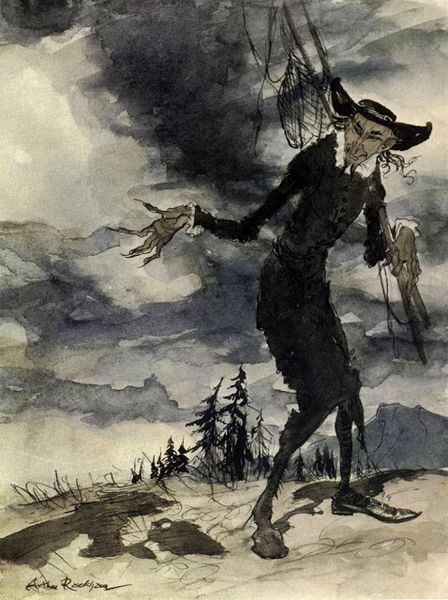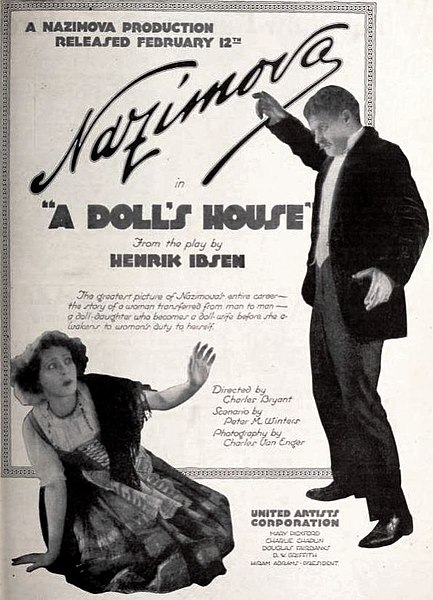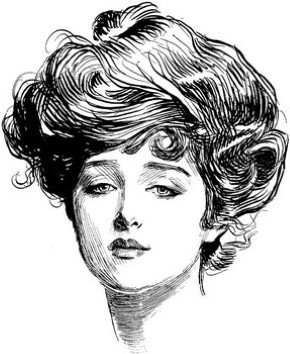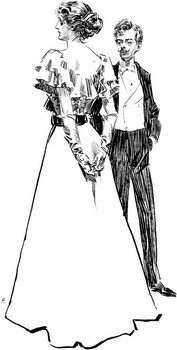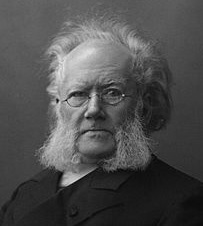
Ibsen, Henrik
Ibsen’s realism and concern for society are part of what keeps his work so relevant today. From domestic abuse to sexually transmitted diseases, to parent–child relationships and death, his themes still resonate with a modern audience. What was then a new focus in theatre has left its legacy, and Ibsen is known widely as ‘the father of modern realism’. One of his most famous works, A Doll’s House, was received contemporarily as completely scandalous. However, after his early days as a stage writer for various companies, Ibsen refused to budge on his moral stance and continued to shine a probing light into society’s dark corners. He made great use of mundane settings in order to foreground devastating discoveries, confessions and breakdowns of pillars of society. In keeping with ancient Greek tradition, Ibsen reinvigorated the stage as a tool to make society re-examine itself, no matter how uncomfortable the process. Although he was ahead of his time in criticising mistreatment of women, Ibsen disliked the label ‘feminist’ and preferred ‘humanist’.© ZigZag Education 2026: content may be used by students for educational use if this page is referenced.
Show / hide details
| 1828 |
Henrik Ibsen born
|
|
| 1843 |
Ibsen left home
|
|
| 1846 |
First child
|
|
| 1850 |
First play and first theatre job
|
|
| 1858 |
Marriage
|
|
| 1862 |
Love’s Comedy
|
|
| 1863 |
The Pretenders
|
|
| 1864 |
Travelled in Europe
|
|
| 1866 |
'Brand'
|
|
| 1867 |
Peer Gynt |
|
| 1879 |
A Doll’s House |
|
| 1881 |
Ghosts
|
|
| 1882 |
An Enemy of the People
|
|
| 1884 |
The Wild Duck
|
|
| 1890 |
Hedda Gabler
|
|
| 1891 |
Return to Norway
|
|
| 1900 |
Illness
|
|
| 1906 |
Death
|


